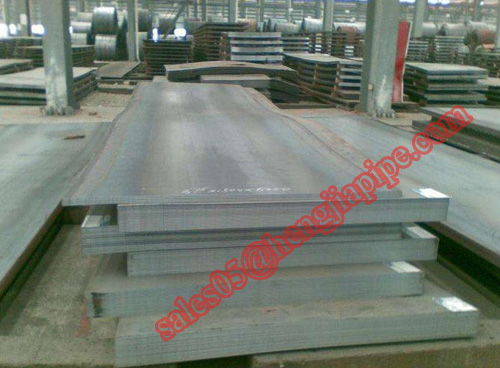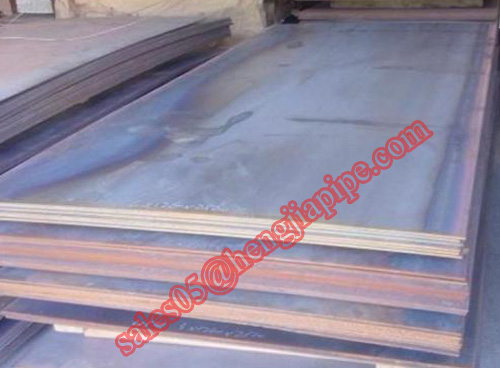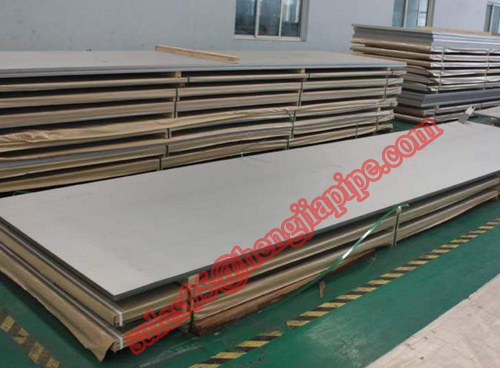1. Lead oxide minerals and flotation method thereof Industrially important lead oxide minerals are mainly white lead ore ( PbCO 3 , containing 77.6% lead , density 2. Zinc oxide mineral and its flotation method The main zinc oxide minerals are smithsonite ( ZnCO 3 , containing 52% zinc , density There are two main methods for the application of zinc oxide ore flotation in the industry: 1 warming vulcanization flotation method - zinc oxide minerals can form zinc sulfide colloidal precipitate at room temperature, but it is not easy to fix on its surface. Need to heat the slurry to 60~ â‘¡ aliphatic amine flotation --- i.e., at room temperature, with sodium sulphide adjusting the pulp pH value of 10.5 to 11, and then with a cationic collector aliphatic amine flotation first zinc oxide. This method has good flotation effect on rhombohedrite and heteropolar ore. The method is characterized in that sodium sulfide is only used for the adjustment of the pH value of the slurry , and the excess sodium sulfide has no inhibitory effect. Therefore, after the addition of sodium sulfide, the collector flotation can be added without a certain stirring time. However, when the amine salt is used for flotation, the slime has a significant effect, because the slime can adsorb a large amount of amine chemicals and can adhere to the mineral surface, so that the selectivity of the flotation process is greatly reduced. Therefore, pre-desilting must be carried out to eliminate the effects of slime. Phosphorus may also be sodium hexametaphosphate dispersing sludge and water glass, sodium sulfide and amine 1: 50 formulated emulsion flotation, desliming job cancel previously, to achieve good flotation. 3. Sorting order of lead-zinc mixed ore For ores with both lead-zinc sulfide minerals and lead-zinc oxide minerals, the process of selecting the sulfide minerals and then selecting the oxidized minerals is adopted, that is, the order of sulfide minerals (mixed flotation or preferential flotation)-lead oxide-zinc oxide Flotation. In practice, there is also a process of selecting lead after zinc is selected, that is, the process of selecting lead sulfide, lead oxide, and then zinc sulfide and zinc oxide. The former is the first sulfur post-oxygen process, and the latter is the lead-and-zinc process. When zinc oxide is floated with a fatty amine, zinc sulfide can also float well, so when the ore has a high oxidation rate and there is not much zinc sulfide, it can be recovered simultaneously with an amine. The order of ore sorting shall be determined according to the characteristics of the ore after testing.
Steel plate
Steel plate is widely used in construction and industrial field. Because these plates are very easy to weld, cut,form and machine. According to the difference in manufacture process, there are cold rolling and hot rolling.
Thickness, width, length are main size of steel plate. Description shall be Thickness×width×length.
Thickness: 6mm-650mm
Standard include GB, JIS, DIN,ASTM etc.
If the thickness is less than 4mm, it is called steel sheet. There are carbon steel sheets, alloy steel sheets and stainless steel sheets.
If you need something special steel plate, we can take advantage of our custom cutting service and get the size and shape you need for your project.
Steel Plate Weight,Steel Plate,Metal Steel Plate,Steel Plate Price CANGZHOU HENGJIA PIPELINE CO.,LTD , https://www.hj-pipeline.com
Width: 1500mm-4020mm
Length: 3000mm-18800mm


